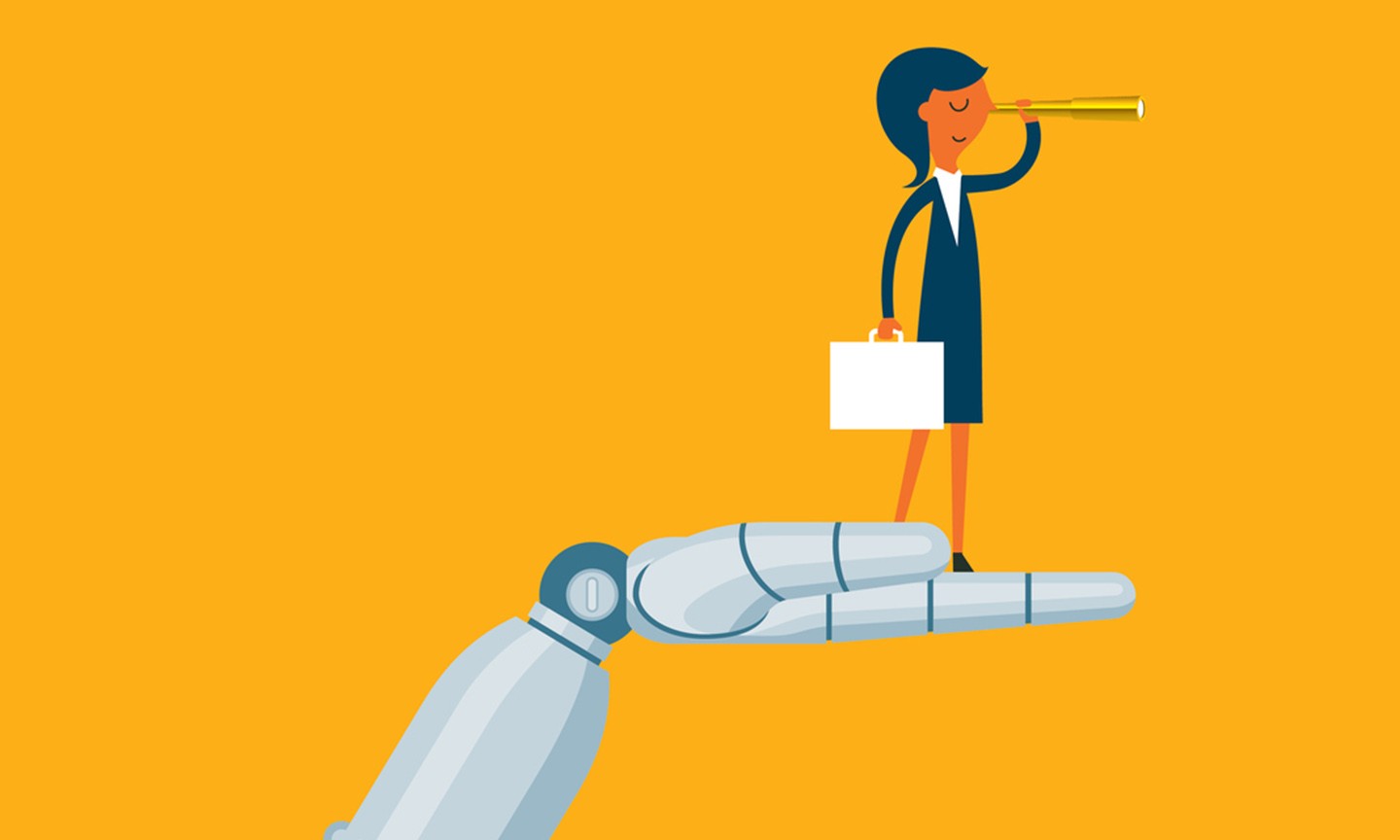3 Tips to Transform L&D for the Digital Age

Adapt quickly or die is the new skill organizations need today. Pithy, simple, sure--but much easier said than done.

Across every industry and every market, established firms are being disrupted and disintermediated by emerging competitors. This is the central corporate challenge of the moment. All-too-often, however, organizations play an inadequate game of catch-up with new strategies and new technologies; meanwhile, they neglect the underlying problem: The capacity of their own people to work together to seize opportunities in the midst of disorientating change.
Collaborative learning using digital tools can be part of the solution. It's time to transform digital learning from a regularly-purchased commodity into a powerful engine for positive disruption. It's time to use online learning to unlock the latent capacities of established firms. As a leader of the Marketing and Communications Practice at Nomadic Learning, I've long worked to help organizations figure out how to do this.
In a recent interview for The Paul Wood Show - Disruption and Communication, I talk about how leading enterprises can no longer afford to address learning as they have in the past. The old practice of pairing massive libraries of generic content with a standalone "learning experience platform" is a recipe for eventual obsolescence--not only for learning professionals but for entire organizations.
Instead, I focus on the potential of new modalities of collaborative learning--where social interaction is integral to both content and platform. I discuss the learning trends that are disrupting the industry, how learning can serve the evolving strategic goals of organizations, as well as the imperative to meaningfully engage learners in this age of radically attenuated attention.
The interview also explores how my research--across cultures and industries--into how organizations work, communicate, and innovate has shown me that they must embrace the promise of collaborative learning to thrive. It is ultimately collaborative learning that can help those organizations build capacity not only to respond to disruption, but also to seize opportunities to disrupt entire markets--and their competition.
Paul and I also discuss how new approaches to digital learning are one way to solve the traditional challenges associated with collaborative learning in the enterprise: relevance, speed, cost, and scale. For instance, Nomadic's overriding goal is to foster collaborative learning experiences that support the business goals of organizations. We use a purpose-built social-learning platform and compelling multimedia content to spur meaningful conversations, change mindsets, and share knowledge and practices across organizational silos.
By mobilizing employees around the company's strategic vision and making them active participants in their own transformation, we help some of the world's largest organizations to navigate disruption by mitigating risk and taking full advantage of opportunities.

Adapt quickly or die is the new skill organizations need today. Pithy, simple, sure--but much easier said than done.

Combining informal, personalized learning with team-based structured learning.

At the Masie Learning 2017 conference it was clear that learning has a transformation problem.